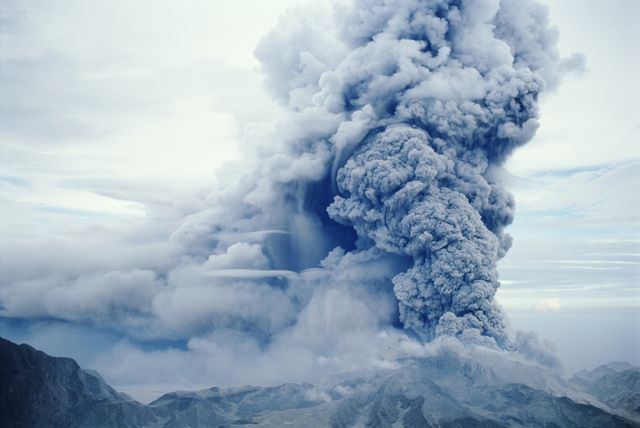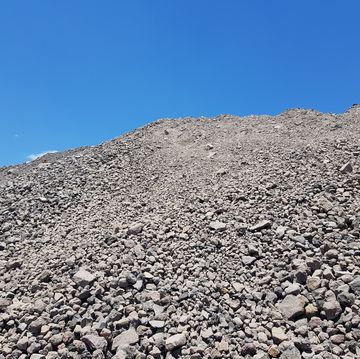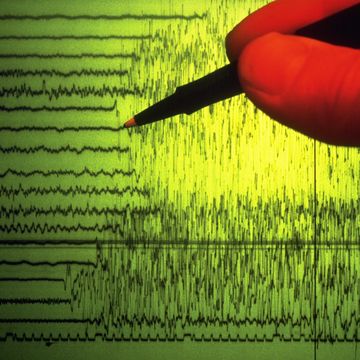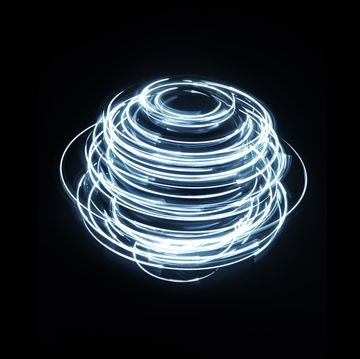If we're not going to stop climate change by reducing emissions, then we're going to have to engineer some outlandish way to save civilization—that's the basic logic behind geoengineering, which researchers in certain circles have been talking up for the past ten-plus years. Now, somebody's actually going to try it, at least as a small-scale test.
One of these wild ideas is to fill the atmosphere with particles that block some sunlight from getting through. Harvard scientists are about to launch a small amount of these particles into the stratosphere in a test to be held next year.
The weird-sounding idea has actual roots in history and science. In 1991, the volcano Mount Pinatubo erupted in the Philippines, sending millions of tons of ash and sulfur dioxide into the atmosphere. This layer of particulates actually lowered global temperatures by almost a full degree Fahrenheit for the following two years.
If one volcano can have such a dramatic effect on the global climate, can an artificial eruption have the same effect? Researchers speculated that by filling the atmosphere with a similar level of particulates—while skipping the lava and explosions, of course—they might be able to reduce global temperatures enough to halt or delay some of the more severe consequences of climate change.
Of course, that’s a pretty big if. Messing with the climate, though unintentionally, is what got us into this mess, and by this point, humanity should have learned that even small changes can have drastic and wide-reaching consequences. In particular, one study published last year found that spraying particulates into the atmosphere around the Gulf of Mexico could trigger droughts in sub-Saharan Africa.
This upcoming test by Harvard researchers won’t have anywhere near that kind of effect, fortunately. The test consists of a high-altitude balloon that will fly several miles into the atmosphere and release less than a pound of calcium carbonate—a less harmful alternative to the sulfur dioxide produced by volcanoes—and then spend about a day flying through the resulting cloud to measure its effects. The purpose of this test is to figure out exactly how the substance behaves so scientists can build more accurate simulations.
But chances are, that even with more accurate data the simulations will tell scientists what many of them already suspect: altering the earth’s climate is risky and carries a lot of side effects. More research and better simulations might let us find less dangerous ways to dim the sun, but any such experiment will always have a chance of making things worse.
Source: Nature via LiveScience














